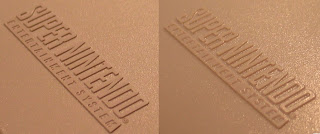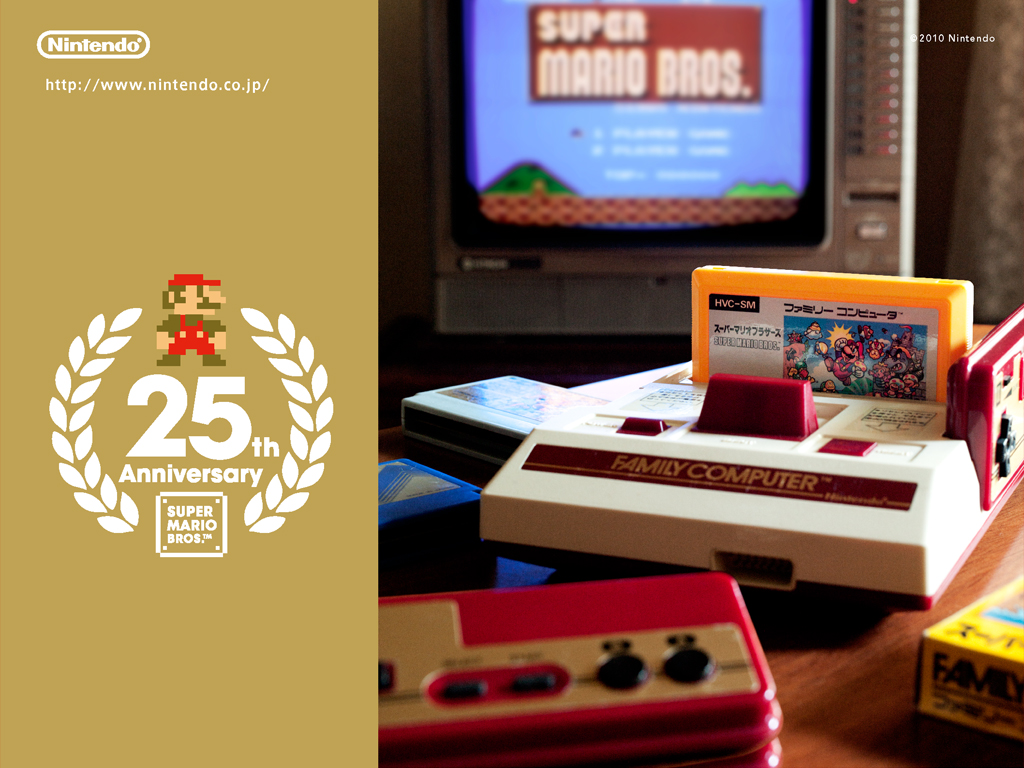Since my post on the SNS-101 and my suspicion that it might be a bootleg, I've gotten several hits from people looking for information on how to tell if their SNES Mini might be a fake. So, with all credit for methods and images to the original guide at gamesx.com, here's a guide to telling these systems apart.
First off, if you have the original box, there should be a red box where a hole is cut out - this allowed a retailer to see the serial number for each system. This red box is present on the fake as well, but with no hole cut out. If there's no hole, you've got a fake. Sorry, but I have no images of the box for comparison.
Not there? Not authentic.
The next thing to look out for are the screws at the bottom of the console. They should be of the "gamebit" variety, as seen above. Nintendo used these for just about everything. If you need a reference on hand, grab any Nintendo game cartridge, from the NES to the N64, and you'll see these screws. If you don't see these screws in your SNES Jr., and instead see standard Phillips screws, you've got a fake.
Wait, these aren't the same? What gives?
The image above should prove to you just how good these bootlegs look - to the untrained eye, you'd have no idea. For reference, the one on the left in this image is a fake. For all images that follow, the fake is on the right. Sorry about that, as mentioned above, credit goes to gamesx.com.
Clue #1 - the buttons.
As you can see, the buttons on the fake are a darker purple. With no frame of reference, however, it's hard to use this indicator to your advatage unless you have a real one in front of you to check against. But, they'll look cheap and they'll feel cheap, squeaking when moved.
Wow, Mario looks like a bit of a meth head on the fake.
As you can see, the labels on the fake are a poor photocopy of the original. On the "repair service" sticker, Mario has lost so much definition that he looks like he has dark circles around his eyes... let's not mince words, the poor plumber looks like an addict. All those shrooms may well have caught up with him.
The label at the bottom must not have copied well, because it's looks as if they had to recreate it from scratch. The fonts are all wrong - the model information is not bolded, and a lot of it just seems off. The Nintendo logo here is most damning, though, the font is all wrong. If you're unsure, compare the logo against one of your cartridges. They should look the same.
Thin plastic, soft edges = fake.
If you've ever owned any other Nintendo products, you know that Nintendo-manufactured consoles are very high quality. The SNS-101 is no exception. If the system feels like it was cheaply made, it probably wasn't made by Nintendo. The next indicator is the quality of the plastic case. The embossed logo, as shown above, should be raised above the surface of the plastic. The (R) registered trademark symbol next to the logo should not only be distinguishable, you should be able to feel it. The plastic on a knockoff may well be translucent in places as well, especially along the corners.
I hope this has been helpful in determining whether your SNES is a fake. If you have any further questions or comments, feel free to leave them below.









